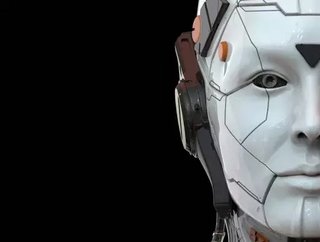Want better AI? Try training it like a baby

Is AI training being done all wrong? Researchers at the Allen Institute for AI think that may be the case, and have put forward an alternative means of training machine learning algorithms – hide and seek.
What’s wrong with the way we train AI now?
Most AI training is done with tagged datasets (training data) or in virtual environments where research teams can avoid paying the additional expense of rent. However those virtual environments tend to be limited to a defined scope that fits the intended purpose of the AI.
So we should build a physical house for AI?
Of course not. The house remains virtual. You just make it bigger, more like a ‘sandbox’ environment in a video game. The Allen Institute set up a virtual environment invitingly dubbed AI2-THOR that has hundreds of flats containing virtual rooms – kitchens, bedrooms, bathrooms and so on.
Sounds nice. The AI must be happy there.
They are. The AI in the virtual environment have been given a game to play. It’s called Cache, though you may know it better as hide and seek. One AI hides something; the other has to find it.
Just like children do?
Exactly. And, just like small humans, the AI learn mapping, exploration, perspective, hiding, seeking and object manipulation. It’s a less 2D way of learning, and steepens the learning curve for robotics. The ‘bots get better at hiding and seeking.
But it takes 20 years to become an accountant?
Being an accountant is what computers can do at birth. What they can’t do easily is general intelligence, or artificial general intelligence (AGI), or – as we would – working stuff out on the fly. This project moves us a step close to AI that can start from nothing to build up an understanding of its environment.
With hide and seek?
With hide and seek. The researchers think using gameplay as a motivation can help AI to develop a whole new set of skills and usher in a new era of artificial intelligence.






